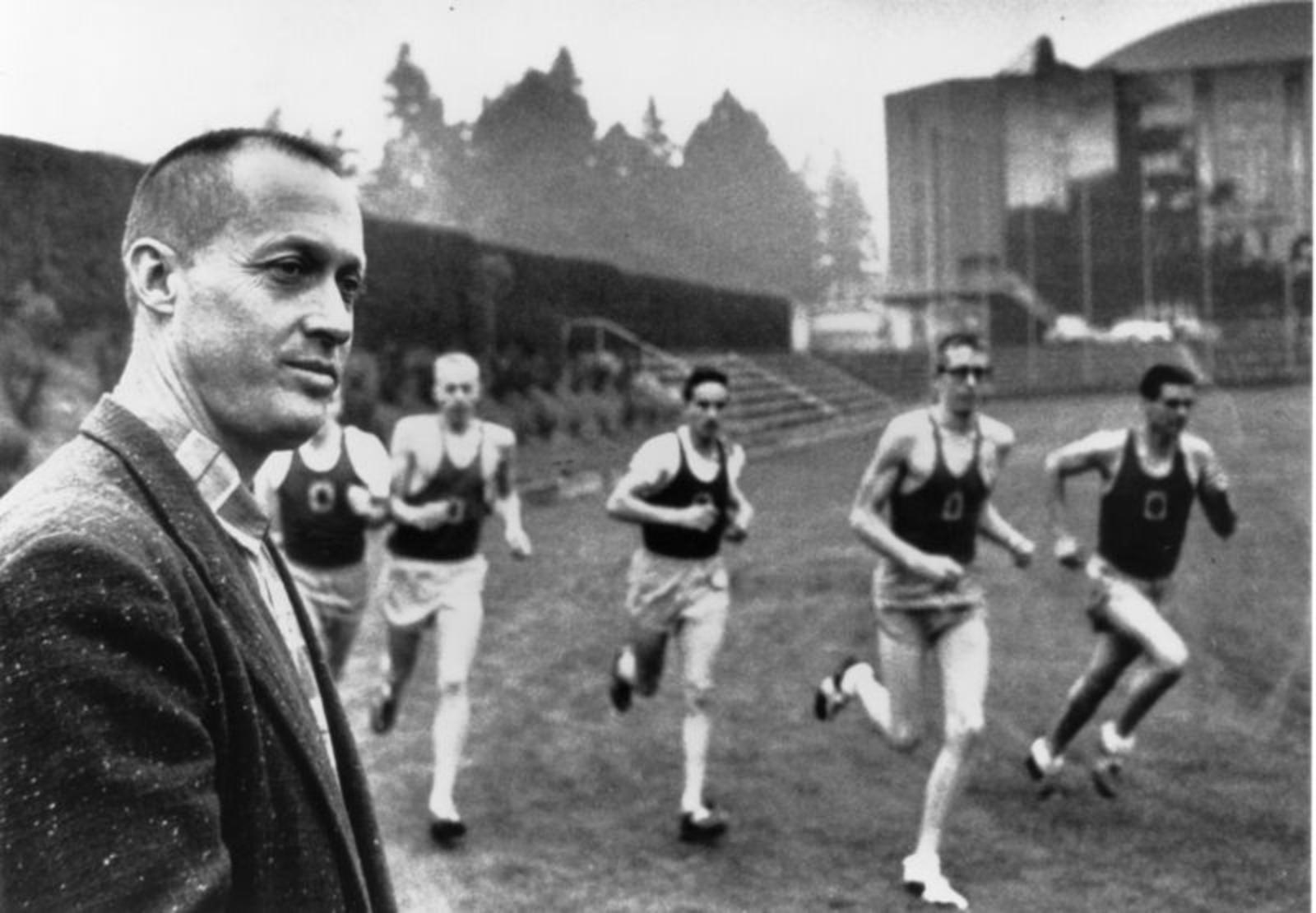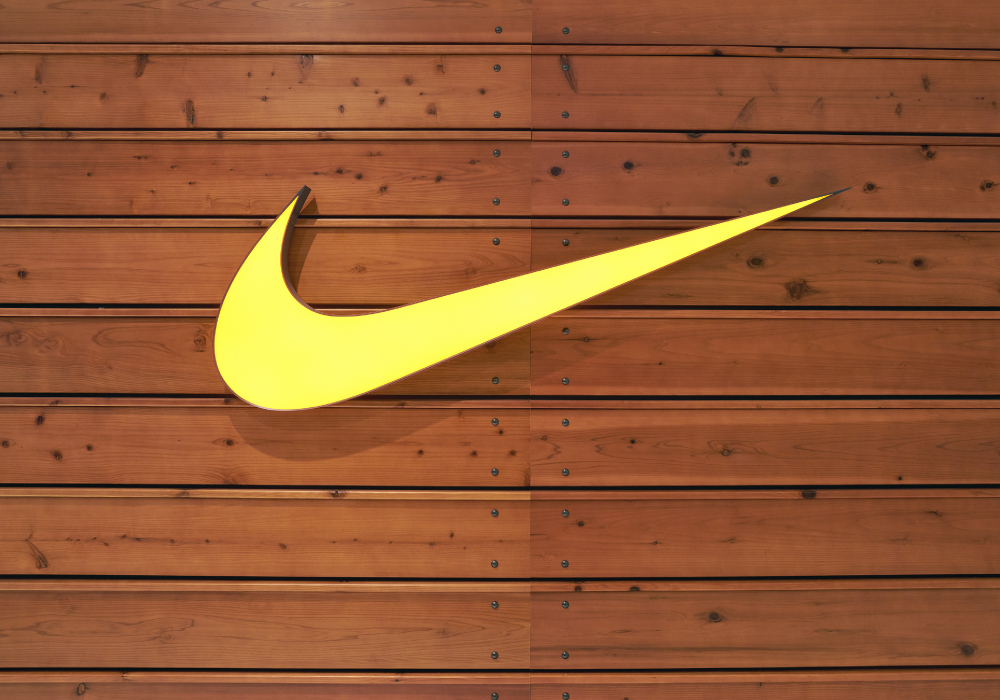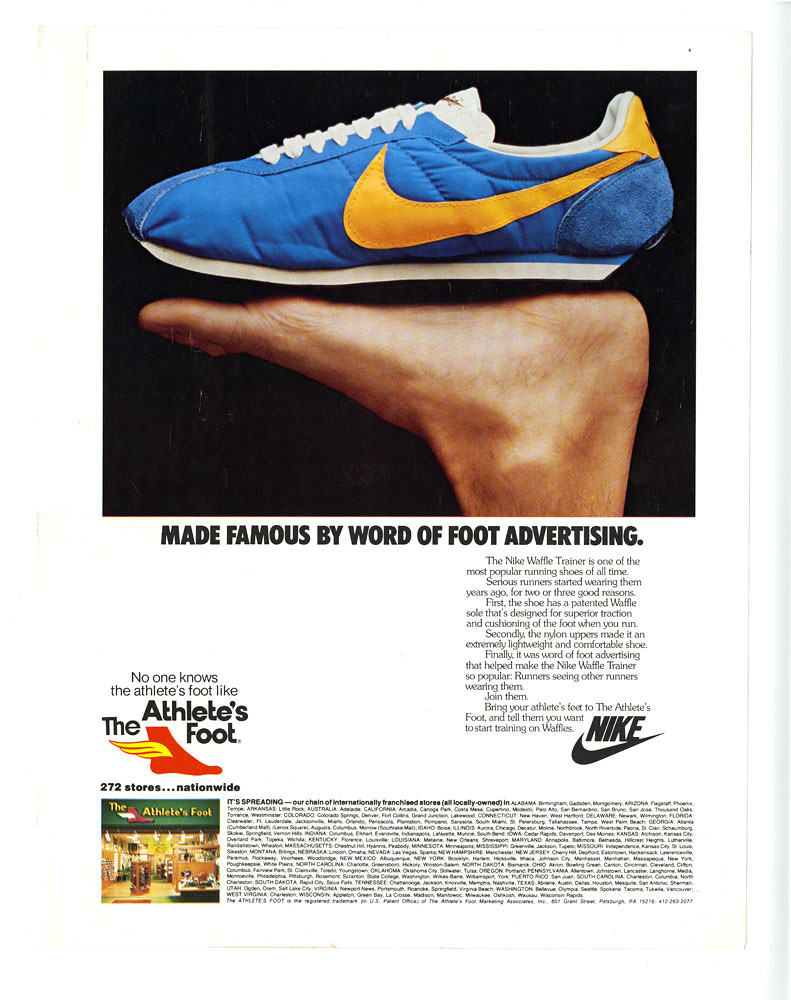
Branding Spotlight
The Evolution of Nike’s Brand
Nike is one of the most globally influential brands, with one of the highest profit rates. They’ve invented products that have forever changed sports. Their marketing team has created campaigns that have transformed the way athletes train. They have even endorsed professionals who have redefined what it means to be an international sports icon. But how could one sole make all the difference? How did Nike’s brand come to run the entire industry? Yes, pun intended.
Every brand has its origin story, but few can become a household name on a worldwide scale. As a billion-dollar athletic empire, Nike’s story is a fascinating one. What started as a way to redesign running shoes turned into partnerships with history’s most prominent sports stars, some of the most impactful advertising campaigns consumers have ever seen, and total market dominance.
They have completely changed how businesses market, advertise and form their brand identities. But that wasn’t the intention. Before “Just Do It” or the Swoosh, Nike was just a small company founded by a track coach and an ex-collegiate runner.
The Journey of Nike’s Brand
Field of Dreams
Bill Bowerman became the head coach for the University of Oregon’s track and field team in 1948. He quickly developed an obsession with improving the shoes of his runners. In pursuit of the perfect running shoe, he fiddled with different track shoes and even spent time with the local cobbler learning his craft. Engineering a lighter shoe was the goal; he just needed to prove it could optimize a runner’s performance.
As with any prototype project, Coach Bowerman needed a test subject. He asked student runner Phil Knight for permission to modify his running shoes. By his own admission, Knight wasn’t one of the best runners on the team. If Bowerman could improve Knight’s performance using a lighter shoe, he could improve anyone’s performance. And it worked.
Upon trying the optimized model of his running shoes, Knight realized the shoes had been vastly improved. They worked so well that he passed a pair onto his teammate, Otis Davis, who ended up wearing them and winning gold in the 400-meter dash at the 1960 Olympics.
An International Change
After finishing his degree at the University of Oregon, Knight went on to Stanford’s MBA program. There, he wrote a paper theorizing that the makers of running shoes would see bigger profits if they moved out of Germany and into Japan.
Upon graduation, Knight made an impromptu trip to Japan, where he negotiated the distribution rights of the Onitsuka Tiger, a well-known Japanese running shoe with little popularity in America. The group of Japanese businessmen agreed with his idea and struck a deal to export the production of their most popular running shoe, the Tiger.
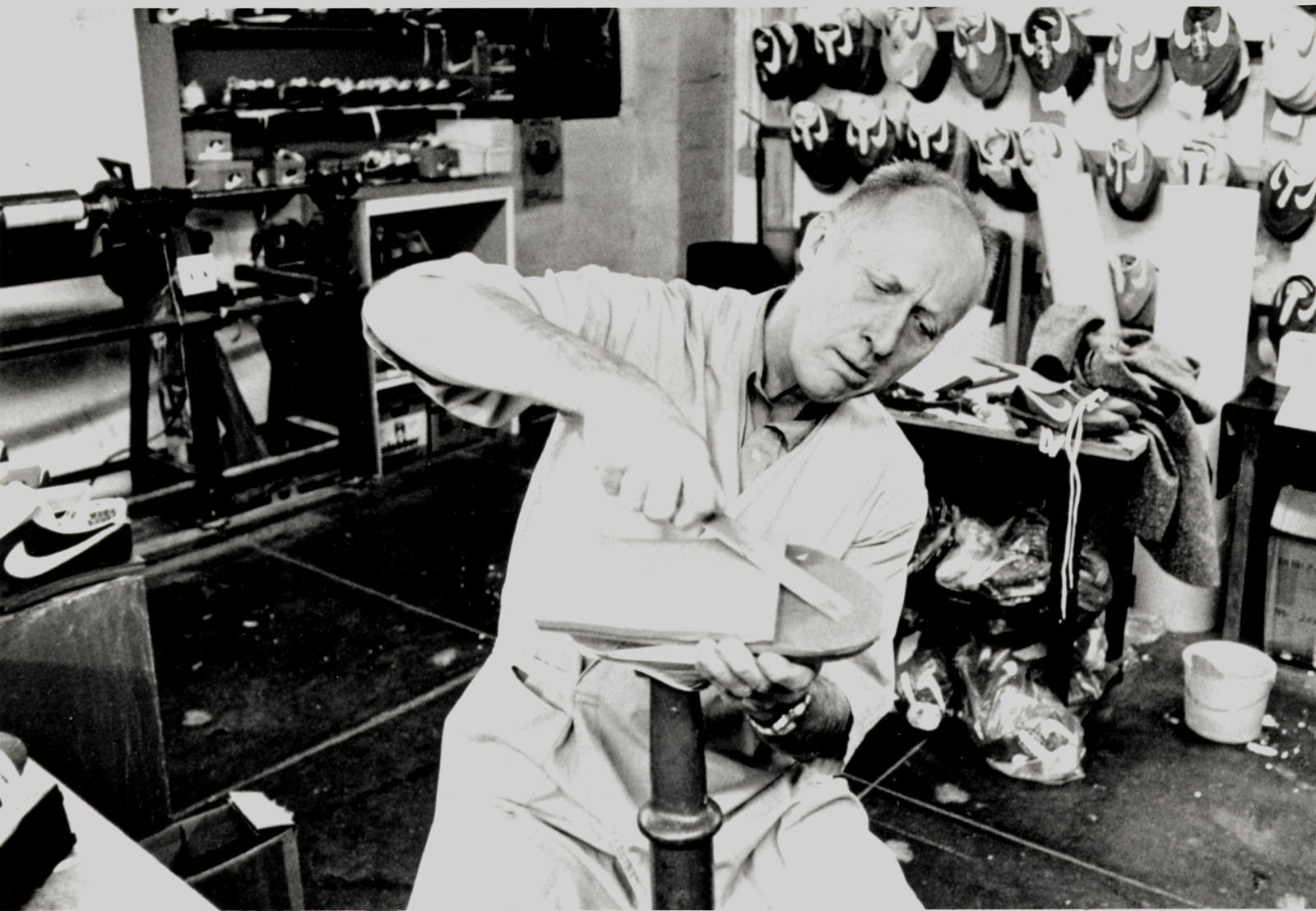
Blue Ribbon Sports
Although Paths diverged between Knight and Bowerman, the two reconnected in 1963. He wrote Bowerman a letter hoping his old coach wanted to be a customer of his new business venture. Coach Bowerman liked Knight’s direction. In January 1964, Bowerman and Knight entered a 50-50 business deal for ownership of their startup, Blue Ribbon Sports.
Later, in 1965, the pair introduced a newly improved Tiger shoe design to the company. The new Tiger Cortez provided runners with the comfort, power, and style they always desired. However, in 1967, Blue Ribbon Sports split from its Japanese supplier.
Shortly following the renowned success of the innovative product, the Onitsuka Tiger allegedly sought a way out of their signed agreement. Tiger claimed that Blue Ribbon Sports secretly sold a version of the Tiger Cortez under the name “Nike.”
The two companies eventually split in 1971. A judge ruled that both companies could sell their version of the Tiger Cortez model. This ruling led to the first and only sneaker to become a best-selling product for two separate shoe companies with the Nike Cortez and the Tiger Corsair, now sold by the modern-day company of Onitsuka Tiger, Asics.
The Rebrand
With the official divorce of the partnership, Blue Ribbon Sports was keen on rebranding itself. Phil Knight initially wanted to rename the company “Dimension 6,” but Jeff Johnson, Nike’s first employee, was inspired by a dream he had, in which he envisioned the Greek goddess of victory, Nike.
Nike’s brand efforts did not stop there. Soon after, the company needed a fresh logo. Enter Portland State University student, Carolyn Davidson. She was short on cash and looking for extra creative work when she decided to take on the job. She was asked to give the company a fresh, new look. Knight wanted a logo that felt like it was moving but also felt smooth and fluid.
The Swoosh
Little did she know, Carolyn would design one of the world’s most recognizable logos. She charged $2 per hour for her services and provided Knight with the now-famous swoosh design. She initially received a total of $35 for her work.
At first, Phil Knight was not convinced of the newly designed logo. He reportedly said, “Well, I don’t love it, but maybe it will grow on me.” It would indeed eventually grow on Knight as he later celebrated Carolyn’s contributions with a party where he awarded her 500 shares of Nike stock, roughly $1 million.
Air Jordans
Nike would later endorse a young athlete drafted by the Chicago Bulls in 1984 named Michael Jordan. This partnership was the first of its kind and would lead to the development of the most popular shoe line the world has ever seen. Air Jordans were released in early 1984 and made $126 million in the first year alone.
Other successful endorsements would follow in the years to come. Tiger Woods, Lebron James, and the late Kobe Bryant all collaborated with Nike during the height of their careers. Nike spends a little more than $6 billion per year in sponsorships and endorsements, making them one of the biggest athlete sponsors in the world. Why has Nike and celebrity endorsements become so compatible?
The three big achievements of Nike’s celebrity brand endorsements have been increased credibility, boosting brand image and most importantly, increasing sales.
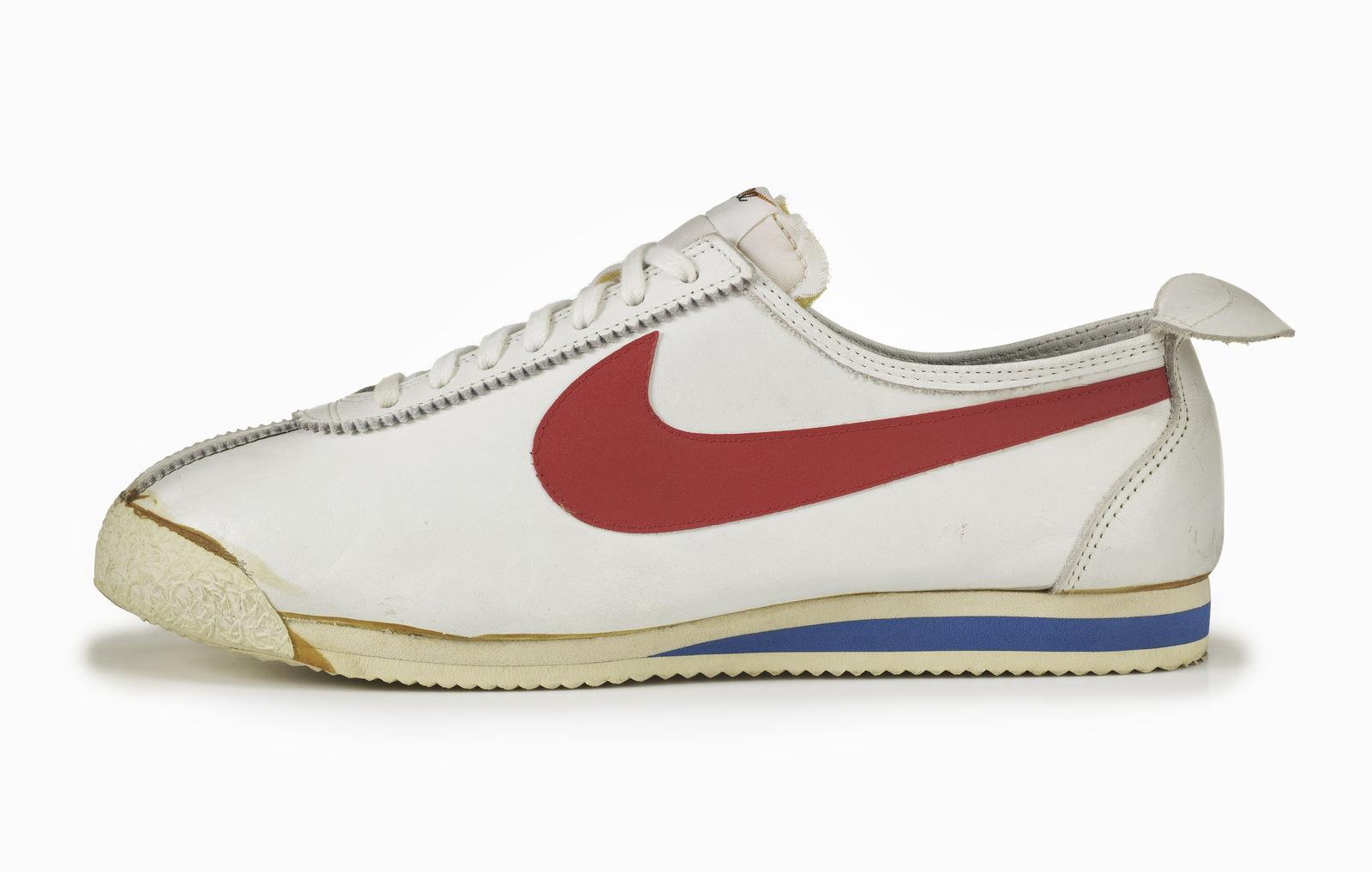
Increased Credibility
Because consumers are more willing to listen to testimonials from successful superstars such as Michael Jordan and Tiger Woods, Nike is able to sell the idea that wearing the same products as your favorite athlete will help you obtain the same skill level as the pros.
Brand Image
Nike’s brand image has also enjoyed a boost in prestige due to their association with famous athletes with millions of fans and followers. When top athletes like Roger Federer and Christiano Ronaldo are seen wearing Nike clothing, their fans naturally want to wear it too.
Increase Sales
Nike’s sponsorships give the company a unique ability to display new products on platforms that wouldn’t be possible without athlete endorsements. Athletes are constantly helping to expand Nike’s market share and cement their position as a global leader in the sports apparel market.
But the ascension of their brand can be attributed to its talented endorsements, consistent branding, emotive force, captivating social media, along with a dash of taming bad press.
Nike hasn’t always been a luminary in the sporting world. In their first year of business, they made a mere $8,000 profit. In 2020, the company is valued at $32 billion.
From the very beginning of Nike, the company has had to fight for their creations. Along the way, the brand has expanded their influence into every athletic market around the world.
Nike is not just a shoe and sports apparel company; they have impacted both popular culture and the business world. Their recipe for success is often imitated and never duplicated. They have successfully combined superior products with world-class marketing to grow into the goliath they are today.


